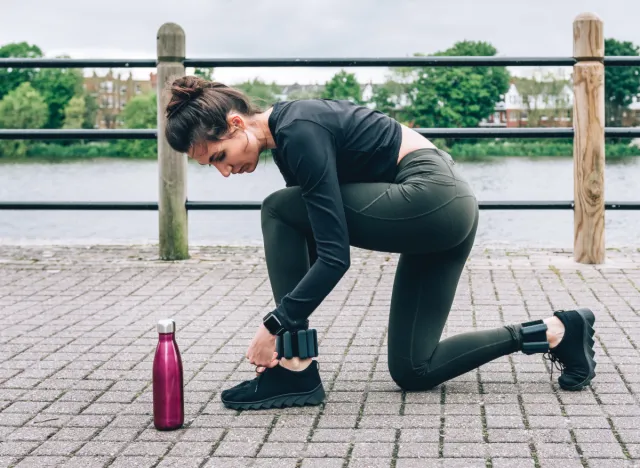How to Use Ankle & Hand Weights While Walking to Maximize Your Workout
Walking is one of the simplest yet most effective ways to stay fit and maintain a healthy lifestyle. It's easy on the joints, requires no special equipment, and can be done almost anywhere. But what if you could take this already great exercise and kick it up a notch? Well, turns out you can—by adding some ankle and hand weights. These small additions can transform your regular walk into a more challenging workout, helping you burn more calories and build muscle strength.
Incorporating ankle and hand weights into your walking routine isn't just about strapping on some extra pounds and hitting the pavement. There's a method to the madness, and understanding the right way to use these weights can make all the difference. Used correctly, they can enhance cardiovascular fitness, boost muscle endurance, and improve overall balance and coordination. However, if used improperly, they can lead to injury and strain, particularly in your joints and muscles.
This article will analyze the benefits of using ankle and hand weights during walks and provide tips on how to use them properly. You'll learn how to integrate these weights effectively into your walking routine, maximizing your workout without compromising your safety.
Benefits of Using Ankle and Hand Weights While Walking

Adding ankle and hand weights to your walking routine offers several benefits that can enhance your overall fitness. Firstly, these weights increase the intensity of your workout. Adding extra resistance makes your muscles work harder, leading to greater calorie burn and muscle engagement. This is particularly beneficial for those looking to lose weight or build muscle tone.
Secondly, using ankle and hand weights can improve your cardiovascular health. The additional resistance makes your heart pump harder to supply blood to the working muscles, improving heart health over time. This can lead to improved endurance, allowing you to walk longer distances with less fatigue. Plus, the increased heart rate can help in better conditioning of your cardiovascular system.
Lastly, incorporating these weights can boost your muscle strength and endurance. Ankle weights target the lower body, working muscles like the quadriceps, hamstrings, and glutes. Hand weights, on the other hand, engage the upper body muscles, including the biceps, triceps, and shoulders. This balanced approach ensures a full-body workout, enhancing your overall strength and muscle endurance.
How to Properly Use Ankle and Hand Weights

Proper use of ankle and hand weights is crucial to avoiding injury and getting the most out of your workout. Start by choosing the right weight. For beginners, it's recommended to use light weights, such as 1 to 2 pounds for each hand and ankle. As you build strength and become more comfortable, you can gradually increase the weight.
When using ankle weights, ensure they are securely fastened around your ankles but not so tight that they restrict blood flow. Walk with a natural stride, avoiding the temptation to kick your legs higher or alter your gait, as this can cause strain on your joints. It's important to listen to your body and stop if you experience any pain or discomfort.
Hold hand weights with a firm grip, but don't squeeze too tightly, as this can cause tension in your arms and shoulders. Keep your movements controlled, and avoid swinging your arms excessively. Instead, focus on a natural arm swing that complements your walking pace. Engage your core muscles to maintain good posture, and avoid leaning forward or backward.
How to Add Weights to Your Walking Workout

Integrating ankle and hand weights into your walking workout can be done gradually to ensure your body adapts to the new resistance. Start by incorporating weights into one or two of your weekly walks. Begin with short distances, such as a 15- to 20-minute walk, to gauge how your body responds to the added resistance.
As you become more comfortable, you can increase the duration and frequency of your weighted walks. Aim for a balanced approach by alternating between regular walks and weighted walks throughout the week. This will help prevent overuse injuries and allow your muscles to recover.
You can also add variety to your weighted walks by incorporating interval training. Alternate between brisk walking with weights and slower, weight-free walking periods. This keeps your workouts interesting and challenges your cardiovascular system and muscles in different ways. Additionally, try walking on different terrains, like hills or uneven surfaces, to engage your muscles further and boost your workout intensity.










